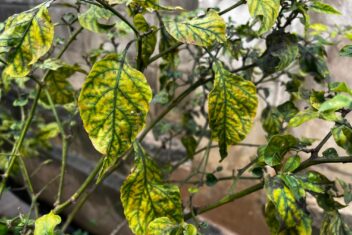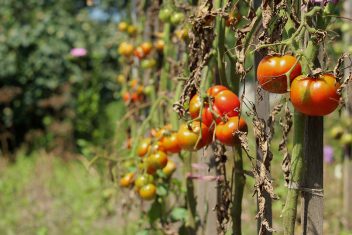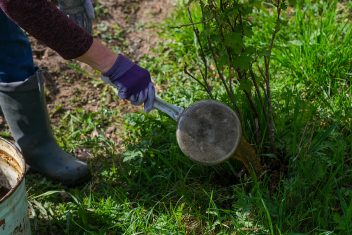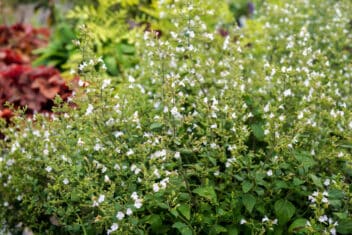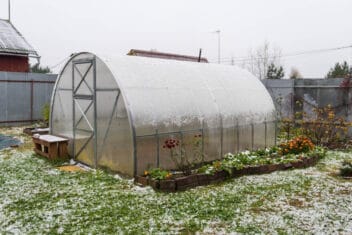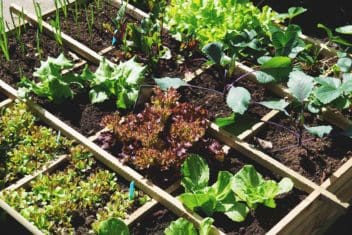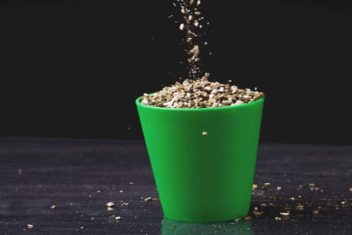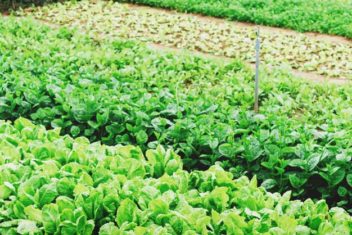Do you ever crave a fresh piece of fruit during the winter months? If you live in an area where you can’t grow fruits in winter, you will be forced to depend upon the grocery store.
However, which fruit can you trust to be in season and fresh?
If you have a working greenhouse to tide you over during the winter, which fruit might be the easiest to grow during the colder months?
Below I share a list of winter fruits that grow naturally during winte. Hopefully, it will help you on your journey with fresh fruit this winter and answer all your questions.
1. Clementine

A clementine looks a lot like an orange because, in a way, it is an orange. It is a mixture between a mandarin orange and a sweet orange.
If you need a solid dose of vitamin C during winter, this tree growing fruit might be a good choice.
They grow naturally over the winter months in warmer climates, like Florida. So, if you live in Florida, you can grow them yourself. However, if you live in colder parts, then take comfort in knowing that they are most likely shipped in from areas where they grow naturally. With a fairly good shelf life, you can’t go wrong picking this up from the store for that boost of vitamin C.
2. Date Plums
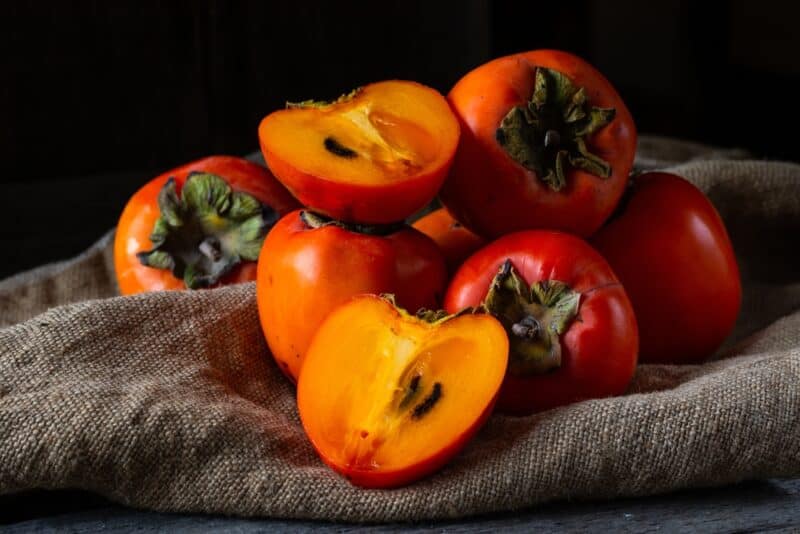
Date plums are small fruits like a plum, but yellow. They have no cholesterol but a lot of fiber. This fruit also packs a lot of Vitamin A and C.
This fruit would be a great choice during the winter months. Winter and early spring are the peaks of flu season, so anything you can eat to boost your immune system is a huge bonus.
3. Dates
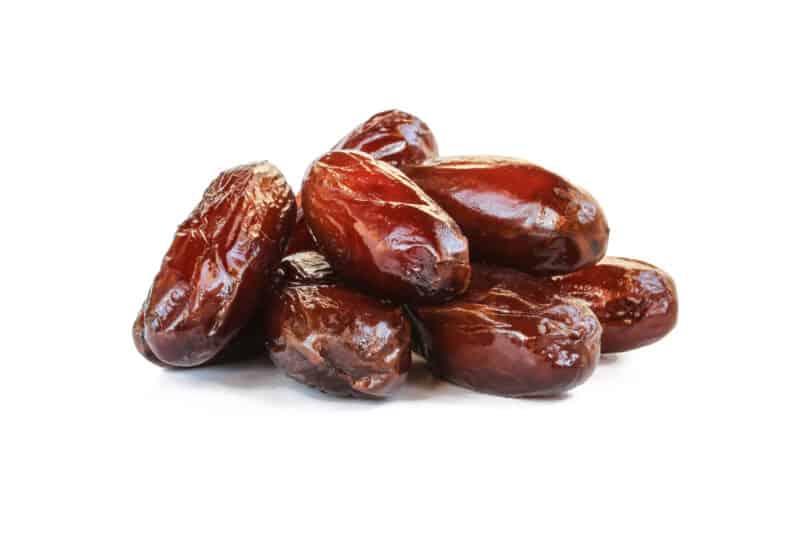
Dates are tiny fruits that pack a lot of benefits. They are high in vitamins and minerals and contain a lot of calcium and iron which is great for those facing anemia or have brittle bones.
However, dates are perhaps best known for their fiber content. Often, dates are made into a paste and mixed with other food items like yogurt, bread, or butter. This is to relieve people of disorders such as constipation in a tasty way.
4. Grapefruit
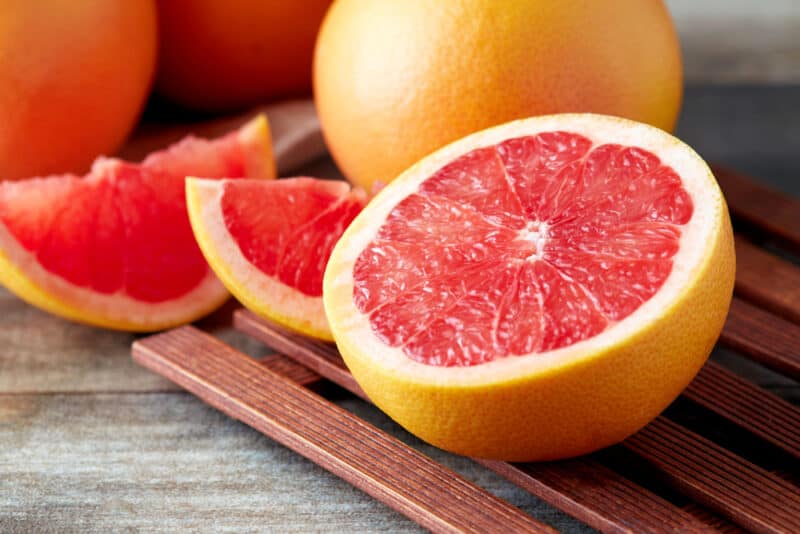
Grapefruit is another citrus fruit that is often produced in warmer climates over the winter months. This fruit is great as a juice or eaten by itself. I love to add a little sweetener or honey to it and eat the inner part of the fruit.
Regardless of how you enjoy your grapefruit, you should know that it is high in Vitamin C and very good in helping your immune system make it through the cold months where colds and the flu are always flying around the air. If you want to grow this yourself in your greenhouse or because you live in the South, know that the tree takes a few years before it will start to produce.
5. Kiwi Fruit
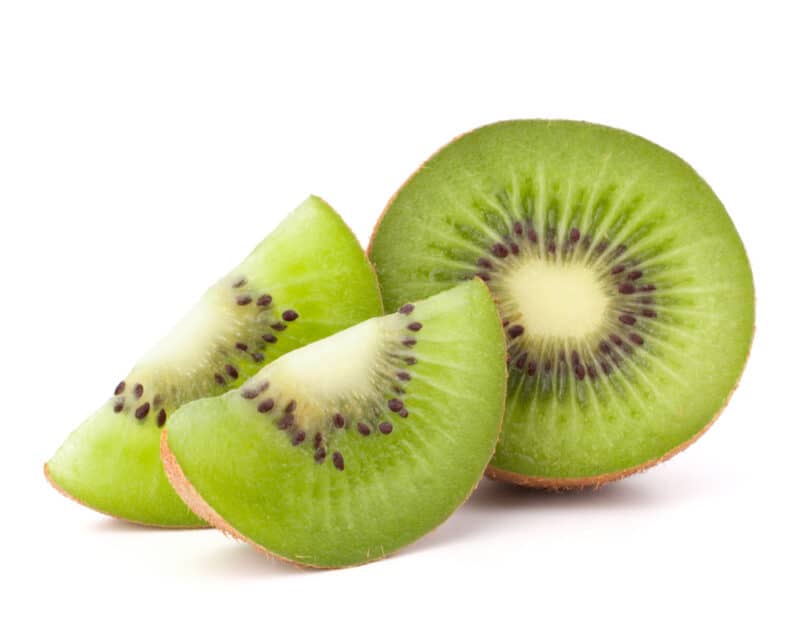
The kiwi fruit, with its fuzzy outer shell that should be peeled off, is delicious. The skin is edible but some people don’t appreciate its fuzzy texture.
You can enjoy the soft, green inner part that goes well with a lot of citrus winter salads. Kiwi is known for its high levels of vitamin C and its antioxidant powers.
It is possible to grow Kiwi fruit yourself, and we recommend you read this Growing Kiwi Fruit article as a guide, since it is a fairly easy fruit to grow, and very nutritious as well.
6. Mandarin Oranges
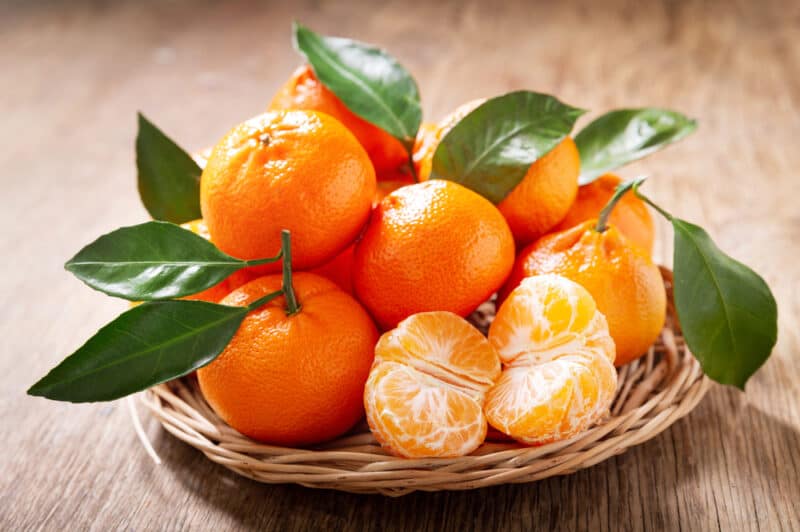
Mandarin oranges are a favorite around my house. They are sweet little oranges that are very tender in comparison to other orange varieties.
Plus, you can purchase them over the winter months and can them yourself to have a fresh selection of this fruit throughout the year.
7. Papaya
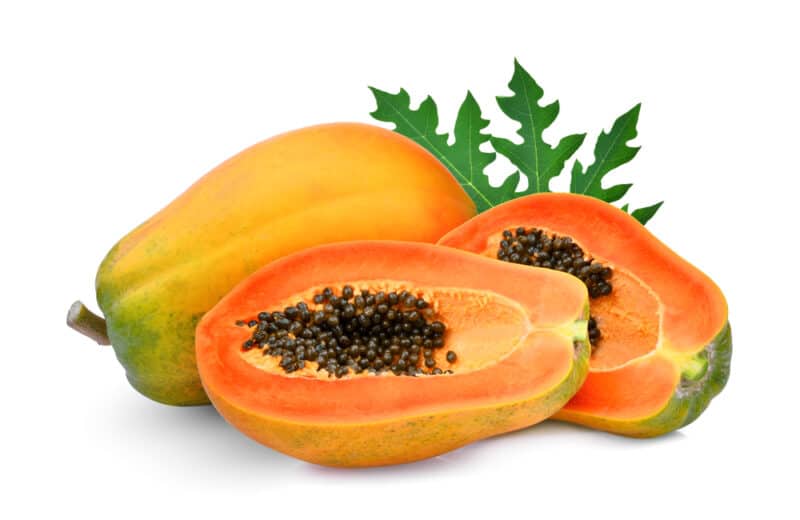
Papayas are interesting winter fruits that have been enjoyed for many, many years. Once considered a rather exotic fruit, they can now be found in supermarkets year-round.
What you may not know about this fruit is that it is not only rich in Vitamin C but vitamin B as well. It also includes a lot of other antioxidants and minerals that help support your heart and colon health. Those are just a few reasons you might want to indulge in this fruit over the winter months or year-round for that matter.
8. Oranges
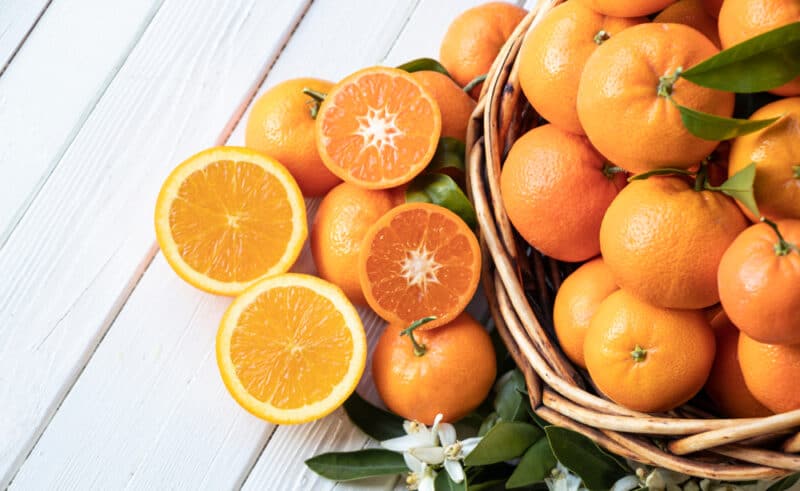
Who doesn’t love a good orange? Especially during the cold and flu season. Most of us know that oranges are great for Vitamin C, but did you know that oranges contain phytochemicals that help protect against cancer and fight kidney diseases?
Another good thing about oranges is that certain varieties can be grown in containers. This means you can grow them indoors in most climates year-round. So if all of that goodness doesn’t entice you to want to eat your oranges, then I’m not sure what will.
9. Passion Fruit
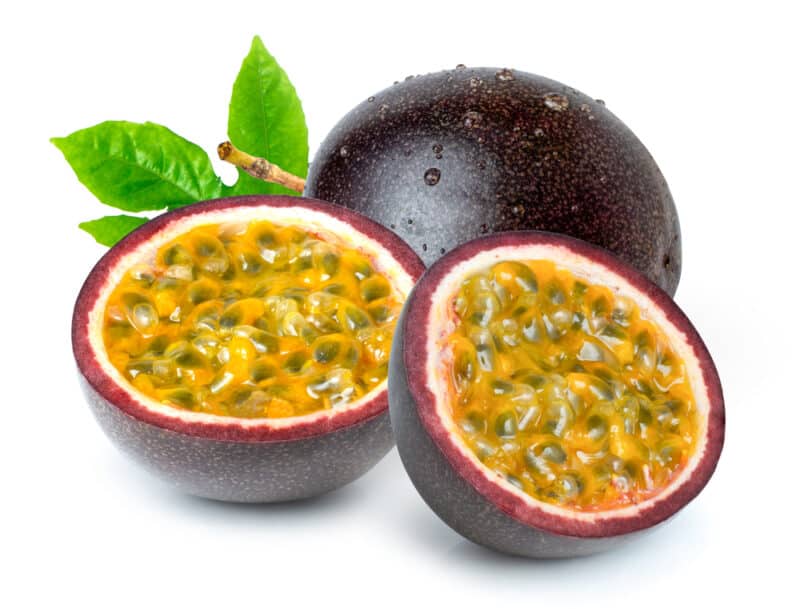
Passion fruit is a unique-looking fruit that has a solid outer shell and is gelatin-looking inside. Though it may be unique in appearance, that isn’t the unique thing about it.
First, this little fruit grows on a vine instead of a tree like a lot of the other winter fruits. Second, some consider this fruit more difficult to grow. Still, this author has found a great way to grow passion fruit and shares their secrets here. If you love passion fruit, then you’ll have to check it out.
10. Pear
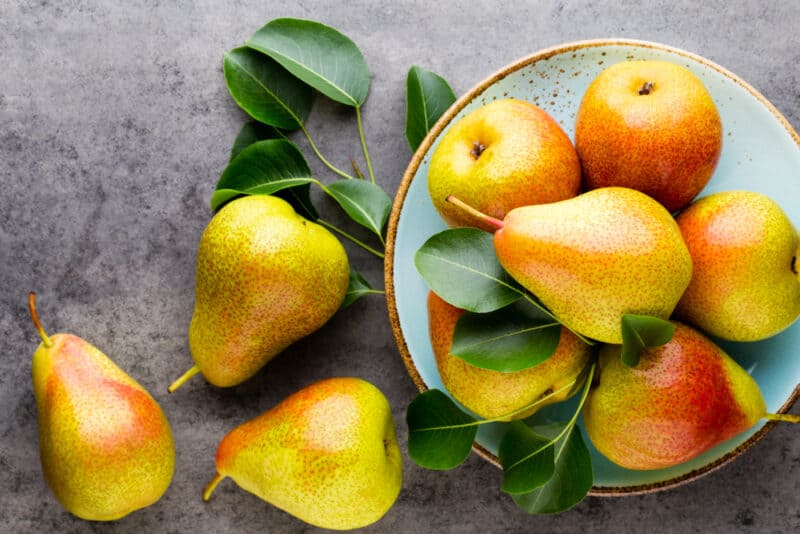
My husband and children love pears. I love them because it’s something that my picky children will eat that is very good for them.
If you’d like to give your family a healthy and sweeter treat this winter, then pick up some pears. You can also buy them during this time (usually cheaper) and can them yourself so your family can enjoy them all year.
11. Persimmons
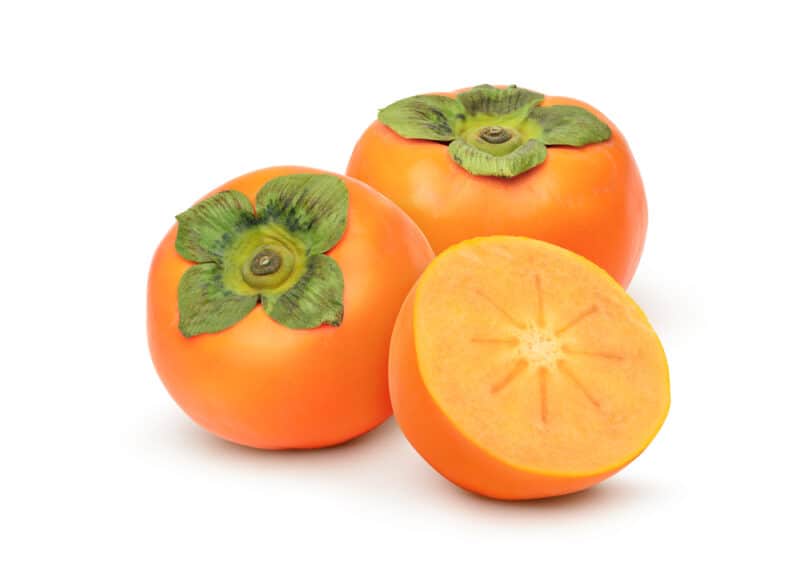
Did you know that persimmons have two names? They are called both Persimmon and a Sharon fruit. If you see either of these names, now you’ll know that they are the same.
However, beyond it being multi-named, this fruit can be used for lots of great recipes. For example, this delicious persimmon pudding. If you are new to persimmons, this tutorial will help you learn how to eat one like a pro.
12. Pomegranate

Pomegranates are one of the superfoods. This means they give your body a lot of different nutrients that protect it against different things.
For instance, it has vitamins and minerals to help protect against heart disease, cancer, and it protects your brain from memory loss. If that isn’t enough to make you want to try a pomegranate, then the fact that they taste wonderful (in my opinion) should hopefully urge you to try one soon.
13. Red Banana
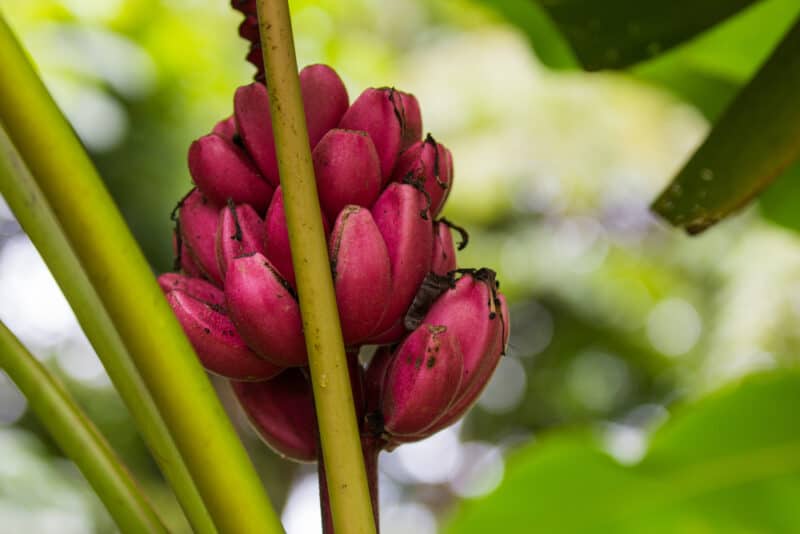
Red bananas are not as common in my area of the world, but some may see them regularly. This fruit is most commonly grown in Costa Rica. They are usually favored in Mexico, Australia, and Central America.
If you come across this fruit, you might want to try it. The reason is that it tastes like different winter fruits in one little package. It naturally has the flavor of a banana but it also carries a hint of raspberry too. Plus, it’s said to smell like a strawberry.
14. Tangerines
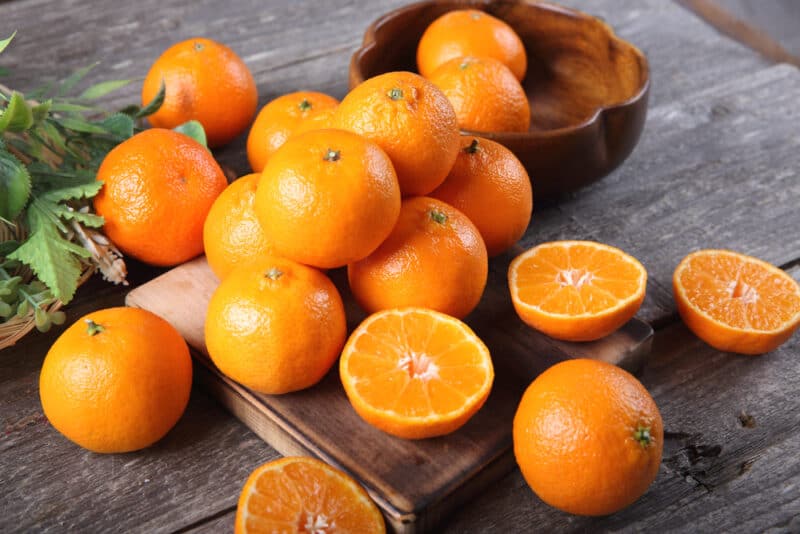
Tangerines are another citrus fruit that are often available in warmer climates during the winter months. It is a smaller (and often sweeter) version of an orange.
In reality, there is no real nutritional difference between an orange and a tangerine with the exception that oranges contain more fiber per serving.
15. Apples

Apples often flood supermarkets during the winter months. Again, it is because of warm weather producers.
If you can grow an apple tree in a container, you may be able to produce your own during the winter months. If not, the winter is a good time to stock up on them at your local grocer so you can store them to enjoy for the rest of the year.
16. Kumquats
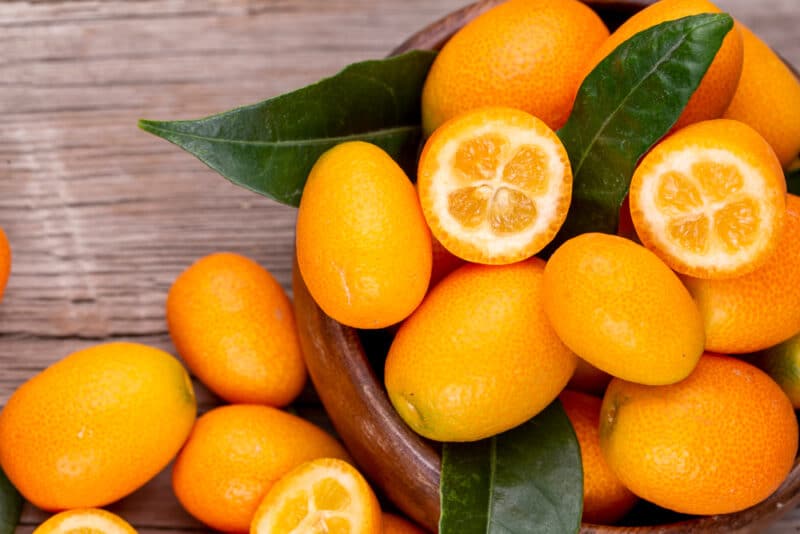
Kumquats are another small citrus fruit that commonly comes from warm weather producers during the winter months. They are smaller and resemble an orange and a pear in one.
If you like the idea of a different tangy citrus fruit this winter, then give kumquats a try.
17. Star Fruit
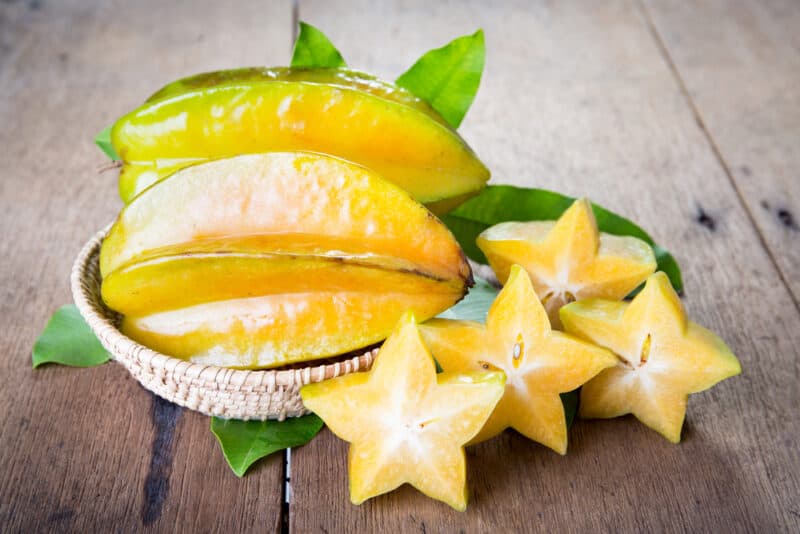
A star fruit is less commonly known in some parts of the world, but you might want to become familiar with it after knowing a little more about it. The fruit is called a star fruit because it does resemble a star in its shape, especially when sliced.
Also, star fruit is low in calories, provides a good amount of fiber, and is also antioxidant-rich. This makes it a healthy little gem that can be enjoyed in numerous ways because of its sweet and sour notes.
18. Quinces
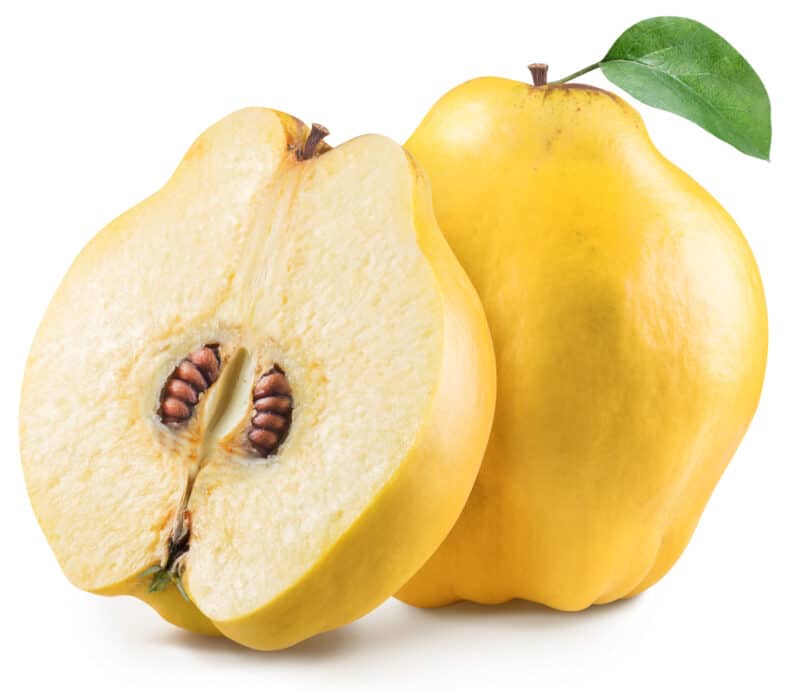
The quince is an ancient fruit known for being difficult. It is usually pretty hard to find but if you do, don’t let go of it.
It grows on small trees a lot like a pear or an apple would. However, it is inedible when first picked no matter how ripe. This fruit must be cooked and then it is said to produce wonderful dishes.
19. Rambutans
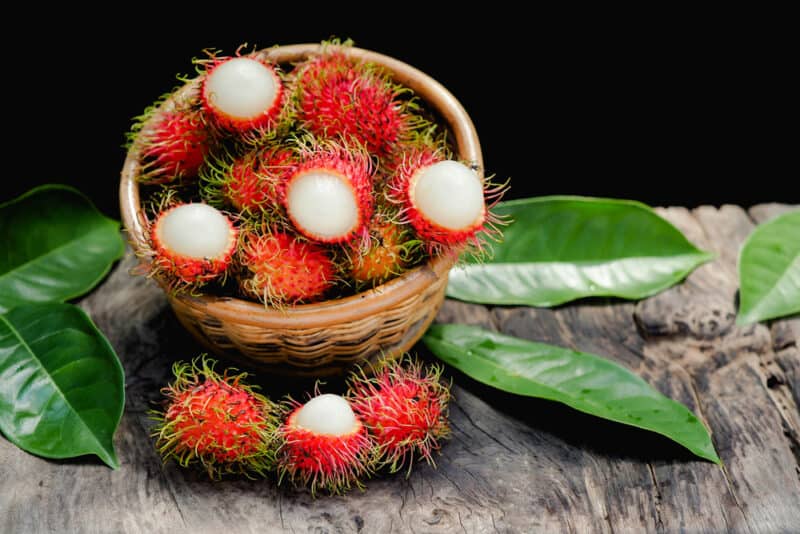
A tropical fruit that looks kind of crazy, Rambutans have red wild hair on the outside and are white inside.
However, this fruit will not last for very long. Usually, they will only remain fresh for about 2 days at room temperature. If you wrap them in a moist paper towel, you may get a day or two extra from them.
As I mentioned earlier, these winter fruits are usually only readily available in warmer climates over the winter months. However, if you can figure out how to grow them in a container or in your greenhouse, then you might be able to create your winter supply.
Still, whether you have to purchase them or can grow them, it is good to know that you can have access to fresh fruits during colder months.

